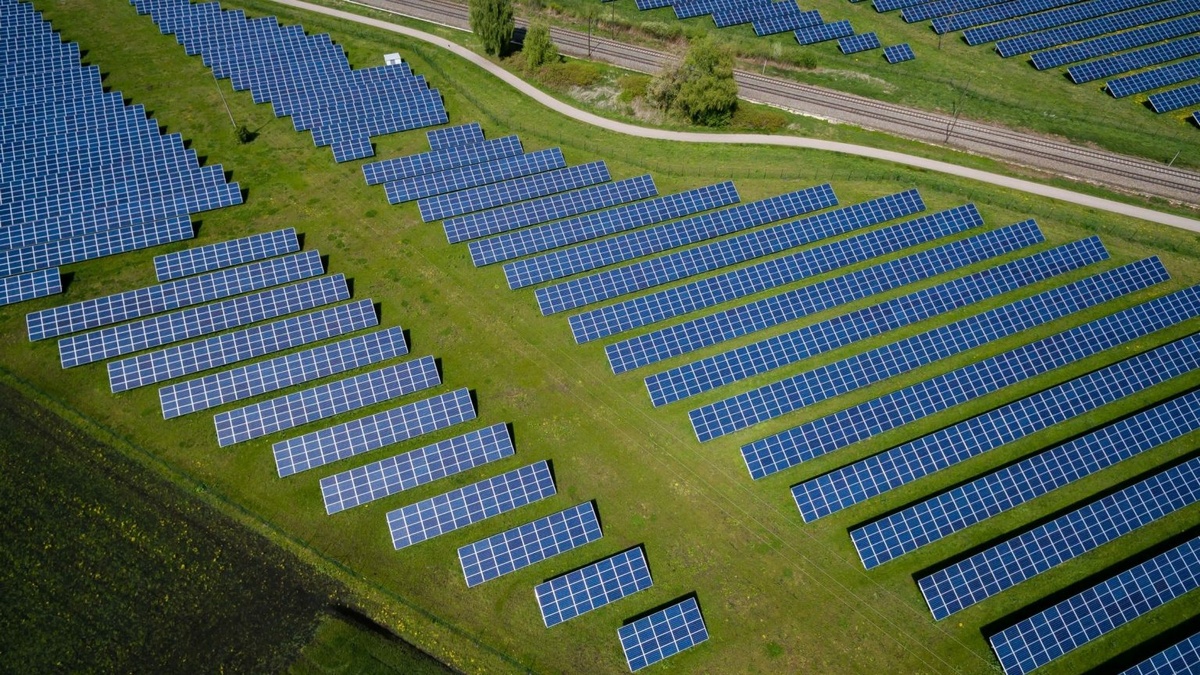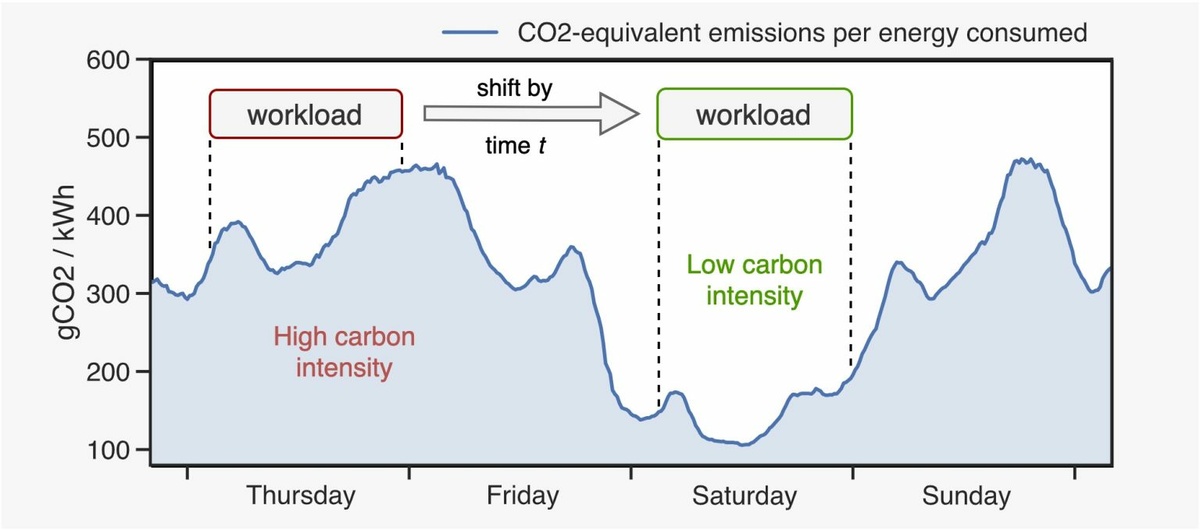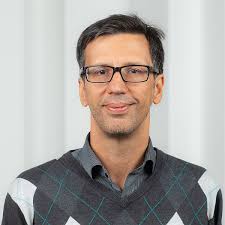Flexibility is key to the successful integration of variable renewable energy sources into the power grid. Matching electricity demand to current supply, often referred to as demand-side management, is already practiced by major energy consumers such as warehouse cooling systems and steel production factories. Data centers worldwide also consume large amounts of energy, currently well over 200 terawatt-hours per year. This demand corresponds to approximately 40 percent of the total German energy consumption and is expected to rise further. To reduce the carbon footprint of cloud computing, researchers from the Berlin Institute for the Foundation of Learning and Data (BIFOLD) investigated the potential of shifting delay-tolerant compute workloads, such as batch processing and machine learning jobs, to times where energy can be expected to be green. Their publication “Let’s Wait Awhile: How Temporal Workload Shifting Can Reduce Carbon Emissions in the Cloud,” was now accepted at Middleware’21.

Depending on weather conditions and electricity demand, the amount of emissions associated with the consumption of energy from the public power grid fluctuates over time, a metric which is commonly described as carbon intensity. The carbon intensity of the public grid can fluctuate highly during a single day: “In Germany, for example, it is not uncommon that during a sunny day at 1 pm a single kilowatt-hour emits less than 100 gCO2eq (grams of CO2-equivalent greenhouse gases), while the same kilowatt-hour consumed at 6 pm emits more than four times the amount, as the sun sets but demand rises”, explains Philipp Wiesner, PhD student at TU Berlin, working with the BIFOLD researchers Prof. Dr. Odej Kao and Prof. Dr. Lauritz Thamsen. Likewise, the emissions vary between different regions, averaging at 313 gCO2eq/kWh in Germany and only 56 gCO2eq/kWh in France, where most of the energy is generated from nuclear power plants.
MAKING CLOUD COMPUTING MORE SUSTAINABLE
Shifting delay-tolerant computational workloads towards times where energy is expected to be clean, can reduce the associated carbon emissions significantly. In their publication Philipp Wiesner and his co-authors Ilja Behnke, Dominik Scheinert, Kordian Gontarska, and Lauritz Thamsen analyzed the potential for exploiting this variability by delaying non-urgent workloads towards times when energy is clean, with the goal to make cloud computing more sustainable.
They analyzed the power grids of Germany, Great Britain, France and California in 2020 with regards to their carbon intensity. “We then experimentally evaluated different workload shifting scenarios to investigate the influence of time constraints, scheduling strategies, and the accuracy of carbon intensity forecasts”, says Philipp Wiesner. “In contrast to many other researchers, we did not focus on reducing the total amount of energy used but on using energy at the right time – which may vary from region to region.“

Examples for energy-intensive but flexible workloads range from large machine learning jobs and scientific simulations to data processing pipelines and video renderings. A user that issues a machine learning job on a friday 6 pm may not care whether the job is done by 11 pm the same day or monday morning, as long as it is done by the time she returns to her desk to analyze the results.“ However, according to simulations conducted in the research paper, this additional flexibility can already reduce the job’s carbon emissions by 5.7 percent to 8.5 percent, as the carbon intensity is usually lower during weekends. Another category of flexible jobs are periodic batch jobs such as nightly compile jobs, integration tests, database backups or the generation of business reports. While current contracts between service providers and customers promise to always execute such jobs at certain times, they could also provide time windows. The increased flexibility could reduce emissions by up to a third in certain areas” summarizes Philipp Wiesner.
In the media:
New Scientist (November 01, 2021) : Smart scheduling for big computing tasks cuts emissions up to a third
The publication in detail:
Philipp Wiesner, Ilja Behnke, Dominik Scheinert, Kordian Gontarska, Lauritz Thamsen: Let’s Wait Awhile: How Temporal Workload Shifting Can Reduce Carbon Emissions in the Cloud. Middleware 2021, to appear
Preprint [PDF]
Depending on energy sources and demand, the carbon intensity of the public power grid fluctuates over time. Exploiting this variability is an important factor in reducing the emissions caused by datacenters. However, regional differences in the availability of low-carbon energy sources make it hard to provide general best practices for when to consume electricity. Moreover, existing research in this domain focuses mostly on carbon-aware workload migration across geo-distributed data centers, or addresses demand response purely from the perspective of power grid stability and costs.
In this paper, we examine the potential impact of shifting computational workloads towards times where the energy supply is
expected to be less carbon-intensive. To this end, we identify characteristics of delay-tolerant workloads and analyze the potential
for temporal workload shifting in Germany, Great Britain, France, and California over the year 2020. Furthermore, we experimentally evaluate two workload shifting scenarios in a simulation to investigate the influence of time constraints, scheduling strategies, and the accuracy of carbon intensity forecasts. To accelerate research in the domain of carbon-aware computing and to support the evaluation of novel scheduling algorithms, our simulation framework and datasets are publicly available.
Depending on energy sources and demand, the carbon intensity of the public power grid fluctuates over time. Exploiting this variability is an important factor in reducing the emissions caused by datacenters. However, regional differences in the availability of low-carbon energy sources make it hard to provide general best practices for when to consume electricity. Moreover, existing research in this domain focuses mostly on carbon-aware workload migration across geo-distributed data centers, or addresses demand response purely from the perspective of power grid stability and costs.
In this paper, we examine the potential impact of shifting computational workloads towards times where the energy supply is
expected to be less carbon-intensive. To this end, we identify characteristics of delay-tolerant workloads and analyze the potential
for temporal workload shifting in Germany, Great Britain, France, and California over the year 2020. Furthermore, we experimentally evaluate two workload shifting scenarios in a simulation to investigate the influence of time constraints, scheduling strategies, and the accuracy of carbon intensity forecasts. To accelerate research in the domain of carbon-aware computing and to support the evaluation of novel scheduling algorithms, our simulation framework and datasets are publicly available.


